By Christopher Miskimon
Lieutenant Robert Samuel Johnson looked around for some friendly planes to fly with to get back to England. His wingman flew nearby, but the two young American pilots had become separated from the rest of their squadron.
It was October 8, 1943, and they were on their way back from a mission over Europe. Soon they found a group of bombers returning from their own mission. Johnson decided to escort them back home. As they flew alongside the bombers, Johnson spotted an enemy plane several thousand feet below. He wasted no time turning his P-47 Thunderbolt fighter over. He dove on the target, firing at it with his .50-caliber machine guns. The German plane, a Messerschmitt Me-110, went down; it was Johnson’s fourth kill. One more and he would earn the coveted title of ace.
As he pulled out of the dive, he reminded himself not to get too eager in his desire to get a fifth kill. A pilot could get killed chasing that goal if he was not careful. As Johnson gained altitude, he spotted four Focke-Wolfe Fw-190 fighters attacking the bomber formation. One Fw-190 made a firing pass at the bombers, but he had a P-47 chasing him. In turn, another Fw-190 was chasing the P-47. All of them fired long bursts at their targets as they dove past Johnson, who went into another dive to track them.
Lining up on the first Fw-190, Johnson tried to lead his target as he opened fire. As he fired, another German plane lined up on him and fired as well. Keeping his plane pointed at the lead German fighter, he was soon rewarded with enough hits to put his opponent down. This victory came with a price, however. Johnson felt a thump in his plane; his P-47 was hit, and he did not know how badly.
The American levelled out his aircraft and looked around. Behind him, more German fighters roared in to assist the four that attacked the bombers, and he was right in their path. Johnson tried to dive out of the way, but his controls did not respond. His rudder cable had been severed, and about 35 feet of it had coiled up in the bottom of his cockpit. He dove using his throttle and managed to get himself and his wingman away. Johnson considered bailing out, but he wanted to get farther northwest before he did so to improve his chances of escaping capture on the ground. Luckily, he saw more P-47s nearby and managed to join them. They turned out to be from a different squadron in his fighter group.
The group made it back to England without further incident and landed at the first airfield they found at Boxted. The other fighter pilots told Johnson to land first, but he refused. It was foggy; he had enough fuel and feared if he crashed upon landing he would block the runway for the rest of the planes. When he finally did land, Johnson had to pull on the rudder cable with his hand. He pulled the damaged P-47 off to the side in case anyone else needed to land, then set off for the tower.
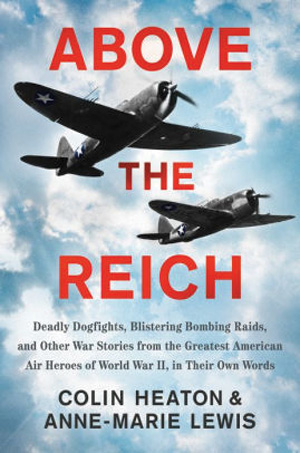 Later, he found five holes in his plane, all from a 20mm cannon. One of the hits severed his rudder cable. The armor under his seat had a dent in it where a round struck but failed to penetrate. Fifty years later, Johnson discovered his fifth aerial victory was over Hans Philipp, a German ace with 206 victories of his own.
Later, he found five holes in his plane, all from a 20mm cannon. One of the hits severed his rudder cable. The armor under his seat had a dent in it where a round struck but failed to penetrate. Fifty years later, Johnson discovered his fifth aerial victory was over Hans Philipp, a German ace with 206 victories of his own.
Robert Johnson ended his combat tour with 27 victories. After the war, German ace Adolf Galland called him one of the best pilots in the war, believing that if Johnson had flown as many missions as the top German aces, he would have over 200 victories to his credit. Johnson was only one of many who served, however. His story is one of five American airmen’s tales contained in Above the Reich: Deadly Dogfights, Blistering Bombing Raids, and Other War Stories from the Greatest American Air Heroes of World War II, in Their Own Words (Colin Heaton and Anne-Marie Lewis, Caliber Press, New York, NY, 2021, 406 pp., appendices, bibliography, notes, index, $28.00, hardcover).
This new work also covers the stories of James Doolittle, Robin Olds, Edward Ross Haydon, and Curtis Lemay. Each subject gets an introduction, followed by their story in their own words, giving insight into how these men thought and what informed their attitudes and beliefs. The book reads easily, and each man’s narrative is engaging. It is an interesting look at some of the best men the United States put into the air in World War II.
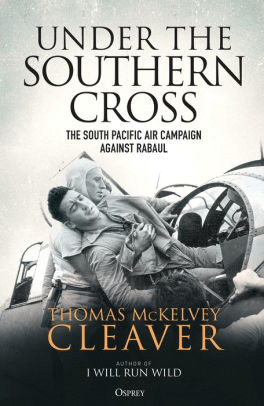 Under the Southern Cross: The South Pacific Air Campaign Against Rabaul (Thomas McKelvey Cleaver, Osprey Publishing, Oxford, UK, 2021, 352 pp., maps, photographs, bibliography, index, $30.00, hardcover)
Under the Southern Cross: The South Pacific Air Campaign Against Rabaul (Thomas McKelvey Cleaver, Osprey Publishing, Oxford, UK, 2021, 352 pp., maps, photographs, bibliography, index, $30.00, hardcover)
The Japanese military took control of Rabaul, the major city and port on New Britain Island in February 1942. From this strategic point the Japanese could attack in several directions, expanding their outer perimeter against the Allies and even threatening Australia. For the next year, Rabaul figured prominently in Japanese operations while the Allies struggled to get and keep their remaining footholds in the region. By late 1942, however, the Australian-American forces had put Japan on a defensive footing permanently and would now take the fight to them.
The result was the removal of Rabaul as a threat in the South Pacific. An extended air campaign caused heavy damage to Rabaul, while naval forces isolated the island from relief. American pilots, gaining greater skills and flying ever-improving aircraft, proved able to defeat and attrit their Japanese opponents over the course of 1943. By February 1944, Rabaul was ineffective, and U.S. forces moved on to the Central Pacific, ever closer to Japan itself.
The author is a noted and accomplished aviation historian with numerous books to his credit. The latest work continues his tradition of flowing narratives, in-depth research, and high detail. The book contains good maps and numerous illustrations to accompany the text. Details of the various ground, naval, and air movements are woven together, giving the reader a sense of how overall Allied operations proceeded as Rabaul was reduced.
 Japanese Tanks and Armoured Warfare 1932-45: A Military and Political History (David McCormack, Fonthill Media, South Yorkshire, UK, 2021, 160 pp., maps, photographs, appendices, bibliography, $30.00, hardcover)
Japanese Tanks and Armoured Warfare 1932-45: A Military and Political History (David McCormack, Fonthill Media, South Yorkshire, UK, 2021, 160 pp., maps, photographs, appendices, bibliography, $30.00, hardcover)
On December 11, 1941, the Saeki Detachment formed the spearhead of the Japanese attack against Jitra, a position held by Indian troops of the British Commonwealth. Named for its commander, Lt. Col. Shizuo Saeki, he led two companies of light tanks, one of medium tanks and two companies of motorized infantry with engineer, signal, and medical troops in support. Their specific mission was to achieve a breakthrough on the Singora Road; speed and surprise were essential to success.
The lieutenant leading the spearhead told his men if a tank became immobilized to abandon it and move on. “Run over enemy and even friends and advance until immobilized,” he said. The orders caused panic among the inexperienced, half-trained Indian troops. The Japanese tankers used their mobility and firepower to fix their enemies in place while infantry outflanked them. Soon the British position was shattered, with the remaining soldiers conducting a disorganized withdrawal. The Japanese used speed and aggressiveness to prove tanks could be effective even in jungle environments.
Imperial Japan’s tank forces are often disregarded as desperate men manning obsolete and ineffective vehicles. While that assessment does bear truth, it is far from the whole story. In his latest book, the author reveals how Japanese armor had a mixed history, which included notable successes and notorious failures, suffering the consequences of political decisions and cultural attitudes. The book benefits from extensive research and has both useful appendices and an interesting photo insert.
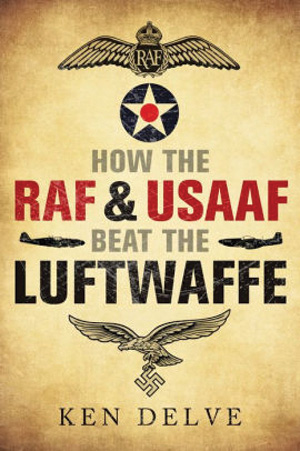 How the RAF and USAAF Beat the Luftwaffe (Ken Delve, Greenhill Books, South Yorkshire, UK, 2021, 208 pp., photographs, index, $34.95, hardcover)
How the RAF and USAAF Beat the Luftwaffe (Ken Delve, Greenhill Books, South Yorkshire, UK, 2021, 208 pp., photographs, index, $34.95, hardcover)
The Royal Air Force started the Allies on the path to aerial victory over the Luftwaffe in 1940 by simply managing not to lose when the odds were against it. After that, it continued to keep the Germans at bay while slowly building up its own capacity to assume offensive operations. The introduction of American air power in 1942 increased the pace of that buildup until the Allies rendered the German air force ineffective in mid-1943-1944 and achieved air supremacy through to the end of the war. Despite starting the war with a good tactical air force, the Germans were never able to use it effectively beyond some battlefield successes.
In this new book, the author effectively argues why the Luftwaffe failed. While he concedes it was a resilient organization, it lacked in several key areas. First, its prewar strategic planning was poor, and its leaders never saw past tactical and operational needs, causing it to lose the Battle of Britain in 1940 and in the Mediterranean theater in 1941-42. Lastly, it failed to defend Germany against the combined bomber offensive that laid waste to its cities. Essentially, the Luftwaffe tried to accomplish too many large missions with an insufficient force and inadequate leadership.
 The Flutist of Arnhem: A Story of Operation Market Garden (Antonio Gil, Dead Reckoning, Annapolis, MD, 2021, 152 pp., illustrated, $24.95, softcover)
The Flutist of Arnhem: A Story of Operation Market Garden (Antonio Gil, Dead Reckoning, Annapolis, MD, 2021, 152 pp., illustrated, $24.95, softcover)
Operation Market Garden, involving the British airborne assault on Arnhem, sought to capture an intact bridge over the Rhine River and provide a way across for British armored units. There was more to the operation than just paratroopers, however. They had support from agents of the Special Operations Executive, or SOE, a clandestine organization specializing in espionage. There were also members of the Dutch resistance, who gathered information at great risk. If captured, they could expect only torture and death at the hands of the German secret police, the Gestapo. Even after the operation began, the Nazis ruthlessly hunted the SOE agents and resistance members.
This new graphic novel is from an imprint of the highly respected Naval Institute Press, which has endeavored to bring stories of military history to a new audience with these well-written and beautifully illustrated works. This latest volume tells the story of Dutch resistance fighters, SOE agents, and the British and Polish paratroopers who served at Arnhem. A While the story is fictional, the author weaves his narrative into the actual historical events. The artist pays attention to detail, drawing the weapons and equipment of the characters accurately. The fictional story is interspersed with factual text, allowing the reader to place the tale in time and place.
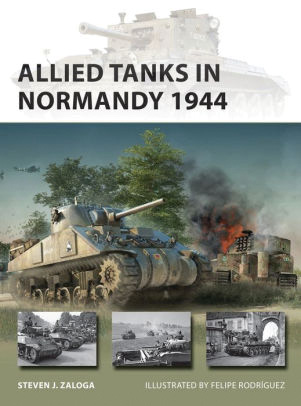 Allied Tanks in Normandy 1944 (Steven J. Zaloga, Osprey Publishing, Oxford, UK, 2021, 48 pp., maps, photographs, bibliography, $19.00, softcover)
Allied Tanks in Normandy 1944 (Steven J. Zaloga, Osprey Publishing, Oxford, UK, 2021, 48 pp., maps, photographs, bibliography, $19.00, softcover)
Sergeant George Dring commanded a Sherman tank of A Squadron, the 1st Nottinghamshire Yeomanry, also known as the Sherwood Rangers. On June 26, 1944, his tank advanced south from the village of Fontenoy-le-Pesnil. Within minutes, his crew encountered a Panzer IV; his gunner put a 75mm round through the enemy tank driver’s visor. The panzer burst into flames, and its crew bailed out and fled. The next tank was a Tiger, 1,000 yards away. As Dring traversed his turret, the Tiger fired but missed. The British crew put five rounds into the German tank; it did not return fire, and its crew bailed out as well.
Continuing, Dring spotted a Panther at a crossroads, and his gunner put a round in front of its drive sprocket. That crew fled as well, so the British crew put two more rounds into it as they got closer, until it also caught fire. Reaching the town of Rauray, Dring spotted and shot at another Tiger, 1,400 yards away. Six shots, four hits, and the second Tiger was afire, too. Another Panzer IV fell to Dring’s gunner before the day ended.
This new book covers the organization and operations of the major Allied tank units during the Normandy campaign. The book contains several pieces of original art and is well-illustrated with period photographs. The author cuts through the myths of tank combat and reveals how tankers actually fought.
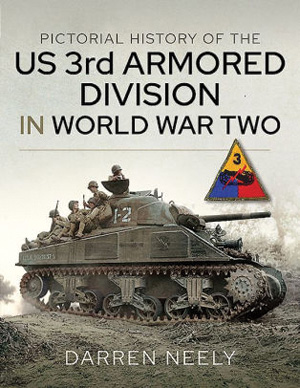 Pictorial History of the US 3rd Armored Division in World War Two (Darren Neely, Pen and Sword Books, South Yorkshire, UK, 2021, 306 pp., photographs, $25.00, hardcover)
Pictorial History of the US 3rd Armored Division in World War Two (Darren Neely, Pen and Sword Books, South Yorkshire, UK, 2021, 306 pp., photographs, $25.00, hardcover)
The U.S. 3rd Armored Division entered combat in the European theater in late June 1944, and fought for the rest of the war, ending its fight around Dessau, Germany. One of two tank units organized as “heavy” divisions with a larger number of assigned tanks, the 3rd earned the moniker “Spearhead Division,” a a decorative shoulder patch it would wear until it was deactivated at the end of the Cold War decades later.
During World War II, the Spearhead battled its way through the hedgerows of Normandy and on to Belgium by September 1944. It also fought in the Battle of the Bulge at towns like Hotton and Grandmenil. After the Bulge, the unit was among the first to receive the M26 Pershing tank, armed with a 90mm cannon that enabled it to take on even the vaunted Tiger and Panther tanks. The division’s commander, Major General Maurice Rose, was tragically killed by German tankers while trying to surrender near Paderborn, Germany.
Hundreds of photographs of the 3rd Armored combine to tell a story of combat and hardship in this new work. An armored division is more than just its tanks, and the author makes that clear by including numerous images of the unit’s infantry, reconnaissance artillery and support troops performing their duties. This book provides a wealth of details of how the men of this division lived and fought during the war.
 W.E. Fairbairn’s Complete Compendium of Lethal, Unarmed, Hand to Hand Combat Methods and Fighting (The Naval and Military Press Ltd., East Sussex, UK, 2021, 790 pp., illustrated, $45.00, softcover)
W.E. Fairbairn’s Complete Compendium of Lethal, Unarmed, Hand to Hand Combat Methods and Fighting (The Naval and Military Press Ltd., East Sussex, UK, 2021, 790 pp., illustrated, $45.00, softcover)
William Fairbairn spent his life studying combat between armed and unarmed human beings. He served as a Royal Marine and a police officer in the Shanghai Municipal Police beginning in 1907. While there he began studying various techniques of armed and unarmed combat and eventually began teaching these methods. Along with Eric Sykes, they collaborated on the design of a fighting knife and further developed various shooting techniques.
When World War II began, they found their way back to England where they were soon employed training commandos and operatives for both the American Office of Strategic Services (OSS) and British Special Operations Executive (SOE). Fairbairn claimed his techniques were “gutter fighting,” where there could be no thought of fair play, only to survive or be killed. There are even tales that Fairbairn was the inspiration for the character Q in Ian Fleming’s James Bond books.
Fairbairn was also a prolific writer who recorded his techniques and published them, including books on hand-to-hand fighting and pistol shooting. He even created one volume dedicated to self-defense for women, a likely outgrowth of the use of female agents during the war. This book is a compilation of six of Fairbairn’s books reprinted into one handy volume. It helps illustrate how commandos, special operations personnel, and various operatives were trained for their missions. The book contains hundreds of original photographs and drawings demonstrating the various skills.
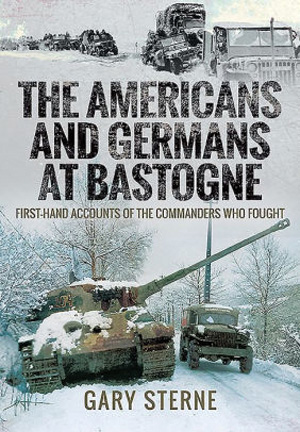 The Americans and Germans at Bastogne: Firsthand Accounts of the Commanders who Fought (Gary Sterne, Pen and Sword Military, South Yorkshire, UK, 2021, 291 pp., maps, photographs, $34.95, hardcover)
The Americans and Germans at Bastogne: Firsthand Accounts of the Commanders who Fought (Gary Sterne, Pen and Sword Military, South Yorkshire, UK, 2021, 291 pp., maps, photographs, $34.95, hardcover)
The German Ardennes offensive took the Allies by surprise, but they recovered quickly and gave the Germans a difficult fight. Ultimately, the Reich failed in its last bid to achieve success in Western Europe. That failure came at a high cost to thousands of soldiers on both sides; the Battle of the Bulge was a human struggle. Privates, sergeants, and junior officers fought from foxholes and tank hatches, while senior officers pored over map boards and tried to bring order and victory from the chaos of combat.
The focus of this book are the German higher-echelon leaders who led the Ardennes offensive. Their statements are interspersed with narratives of combat actions at St. Vith, Bastogne, and elsewhere within the Bulge. Those narratives extensively use American perspectives to add battlefield level detail to the statements of the senior leaders. The book does an excellent job of showing how those German leaders had to continually adapt to changes on the ground as the Americans showed flexibility under pressure and foiled their opponent’s goals. The work also makes good use of its numerous maps, many of which are contemporary to the action.
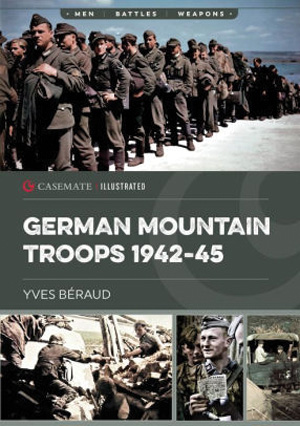 German Mountain Troops 1942-45 (Yves Beraud, Casemate Publishers, Haver- town, PA, 2021, 128 pp., photographs, bibliography, index, $24.95, softcover)
German Mountain Troops 1942-45 (Yves Beraud, Casemate Publishers, Haver- town, PA, 2021, 128 pp., photographs, bibliography, index, $24.95, softcover)
The Gebirgsjäger, Germany’s elite mountain troops, fought everywhere the Third Reich went during World War II. They fought the Free French at Bir Hakeim in North Africa. On the Eastern Front, they faced the Soviets in numerous places including the Kuban Bridgehead, Kursk, and the Oder River. In Italy, they gained fame at Monte Cassino and infamy on the Greek island of Cephalonia, where mountain troops massacred thousands of Italian soldiers who resisted calls to surrender their weapons after Italy left the war in 1943. In the far north, Gebirgsjäger fought alongside Finish troops during the Continuation War and against them when Finland bowed to the inevitable and quit the war. They fought the Americans in Alsace-Lorraine and the Rhineland in January 1945, when the war was essentially lost. Several SS units took the name of mountain troops, but they served mainly against partisans in the Balkans in actions notable mainly for their brutality. In the final months of the war, the remaining units were used piecemeal as fire brigades, sent to threatened sectors conducting desperate defensive actions.
The men who formed these units are at the heart of this new book. Uniforms, weapons, and equipment are also touched upon. The text is thorough in detail, but the outstanding feature of this work is the illustrations, photographs of mountain troops in action and behind the lines. Many of them are in color with good captions providing interesting extra information.
New and Noteworthy
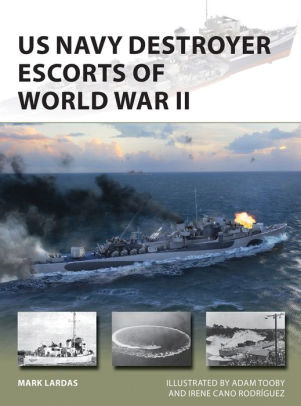 US Navy Destroyer Escorts of World War II (Mark Lardas, Osprey Books, 2021, $19.00, softcover). Destroyer escorts filled a vital gap in the campaign against Axis submarines. The U.S. Navy was initially reluctant to adopt them, but they proved valuable in service.
US Navy Destroyer Escorts of World War II (Mark Lardas, Osprey Books, 2021, $19.00, softcover). Destroyer escorts filled a vital gap in the campaign against Axis submarines. The U.S. Navy was initially reluctant to adopt them, but they proved valuable in service.
Animals in the Second World War (Neil R. Storey, Shire Publications, 2021, $14.00, softcover). Animals served in many capacities during the war, including combat and logistics roles. This book uses firsthand accounts to document how animals aided the war effort.
A Forgotten Campaign: The British Armed Forces in France 1940 – From Dunkirk to the Armistice (Paul Fantom, Helion and Company, 2021, $39.50, softcover). Few are aware that the British Army fought in France even after the evacuation at Dunkirk. Numerous formations fought with determination until the end of the campaign in mid-June.
General Erich Hoepner: A Military Biography (W. Chales De Beaulieu, Casemate Publishers, 2021, $45.00, hardcover). Hoepner was one of Germany’s best tank commanders, serving in Poland, Belgium, France, and the Soviet Union. This biography is written by one of his top staff officers.
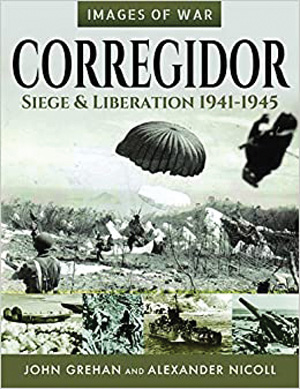 Corregidor: Siege and Liberation 1941-1945 (John Grehan and Alexander Nicoll, Frontline Books, 2021, $24.95, softcover). Corregidor fell to the Japanese on May 5, 1942, and was retaken in February 1945. This photobook shows both phases of the island’s involvement in the war.
Corregidor: Siege and Liberation 1941-1945 (John Grehan and Alexander Nicoll, Frontline Books, 2021, $24.95, softcover). Corregidor fell to the Japanese on May 5, 1942, and was retaken in February 1945. This photobook shows both phases of the island’s involvement in the war.
The Third Man: Churchill, Roosevelt, MacKenzie King, and the Untold Friendships that Won WWII (Neville Thompson, Sutherland House, 2020, $34.95, hardcover). This book examines the friendship between Churchill and Roosevelt through the diaries and observations of Canadian Prime Minister MacKenzie King.
Italian Destroyers of World War II (Mark Stille, Osprey Publishing, 2021, $19.00, softcover). Italy began the war with 59 destroyers and lost 51 of them. They escorted convoys and fought in every major Mediterranean battle, in addition to a small force which fought in the Red Sea.
The Folly of Generals: How Eisenhower’s Broad Front Strategy Lengthened World War II (David P. Colley, Casemate Publishers, 2021, $34.95, hardcover). The author argues that if Eisenhower had taken advantage of potential breakthroughs in the Siegfried Line in Autumn 1944, the war might have been shortened.
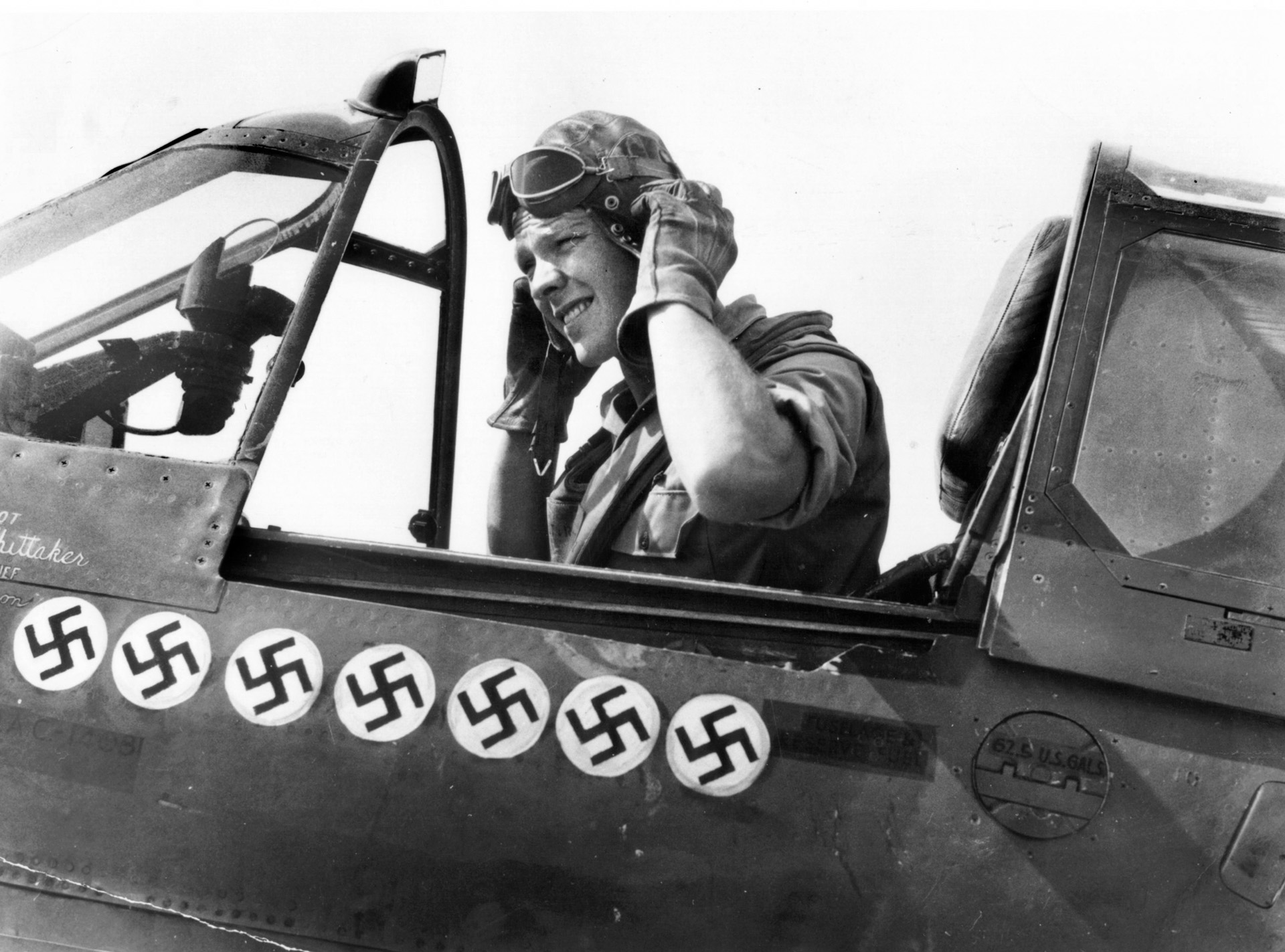
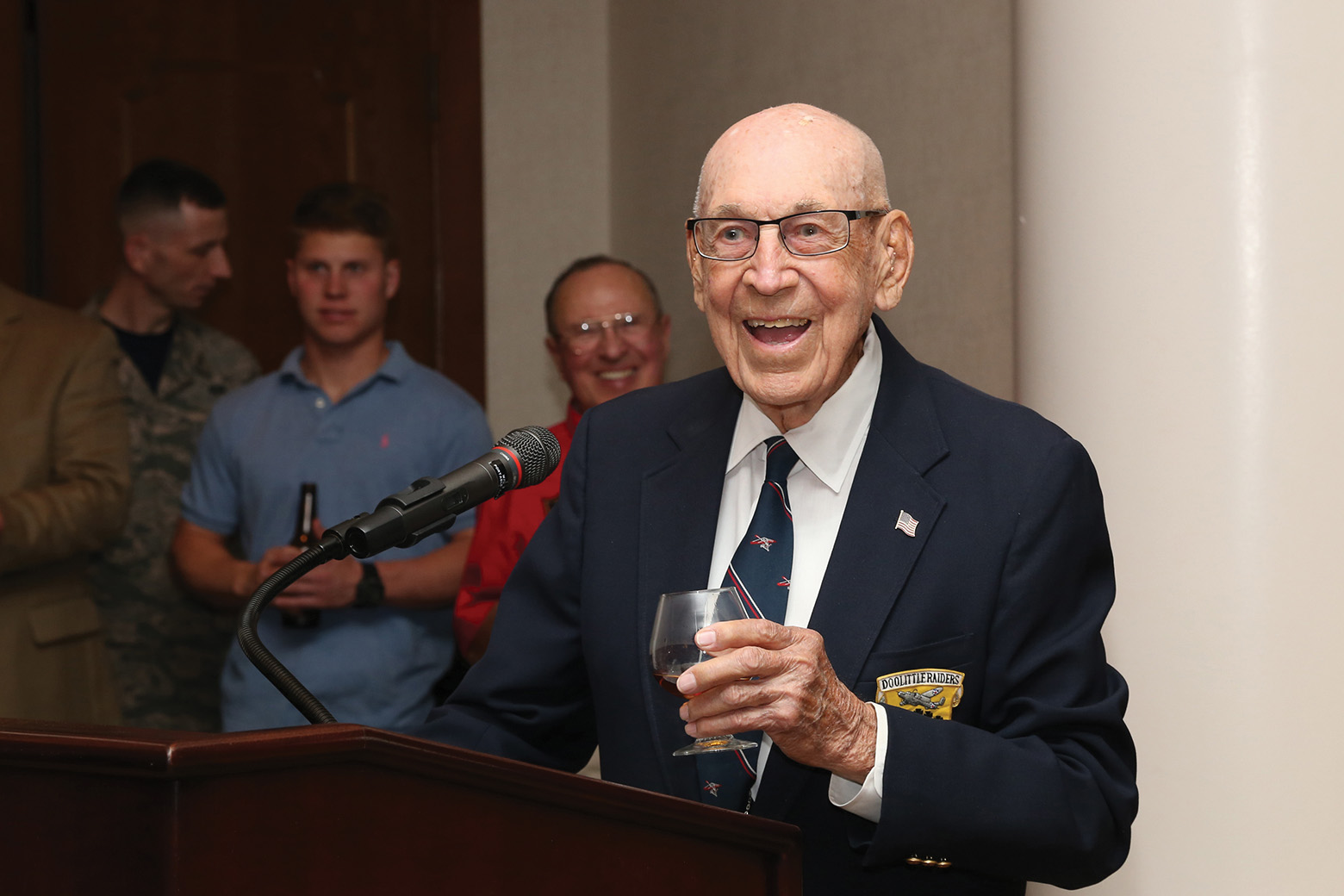
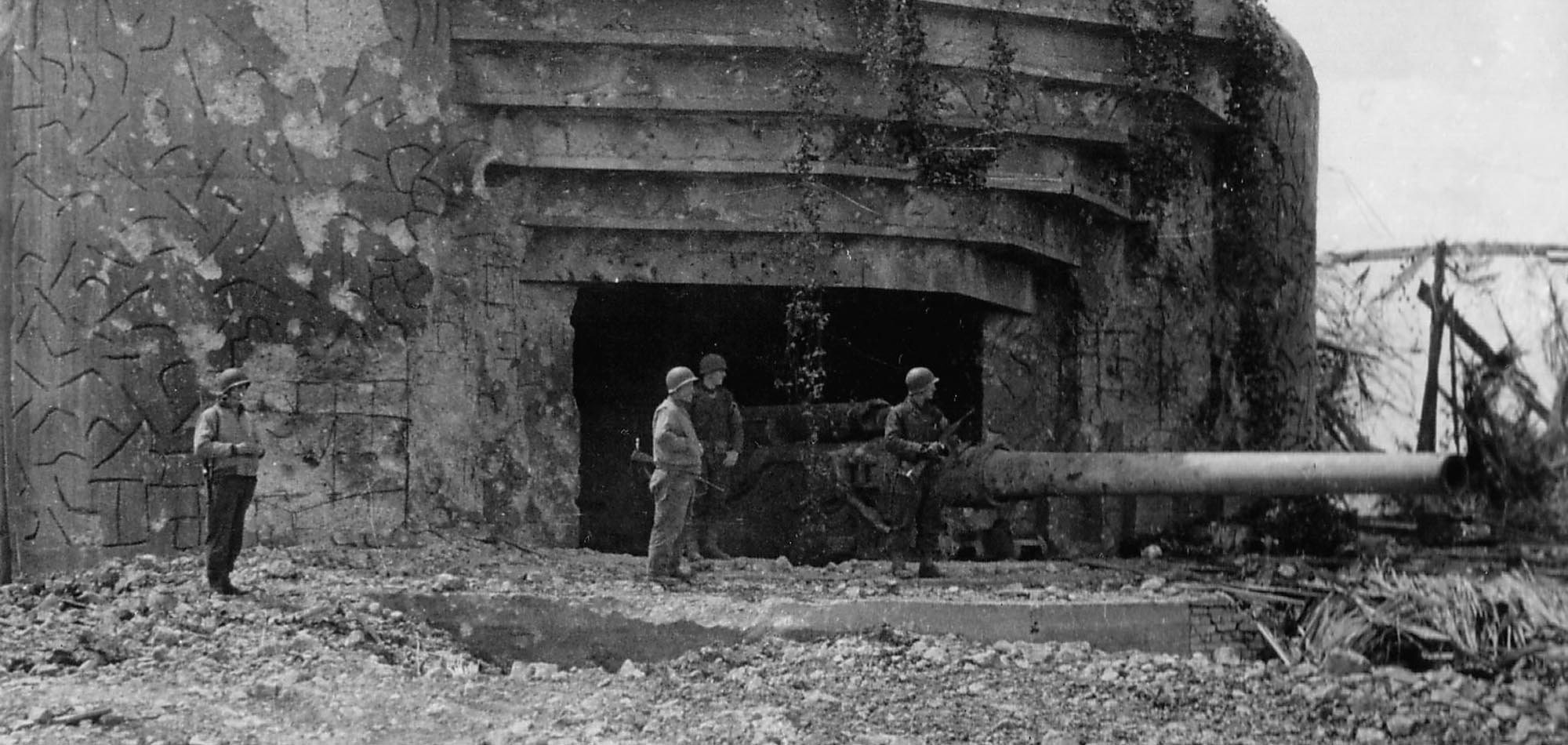

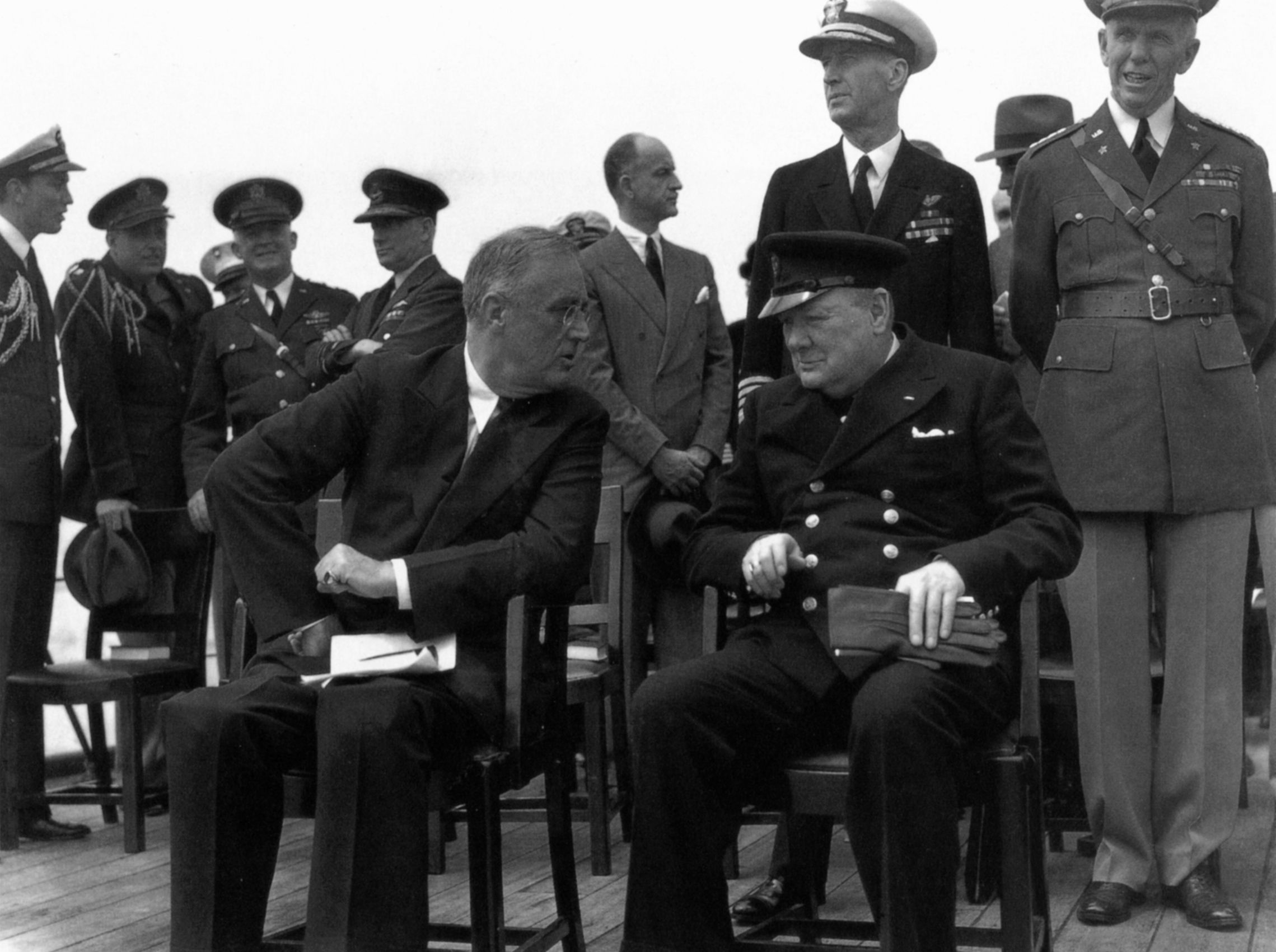
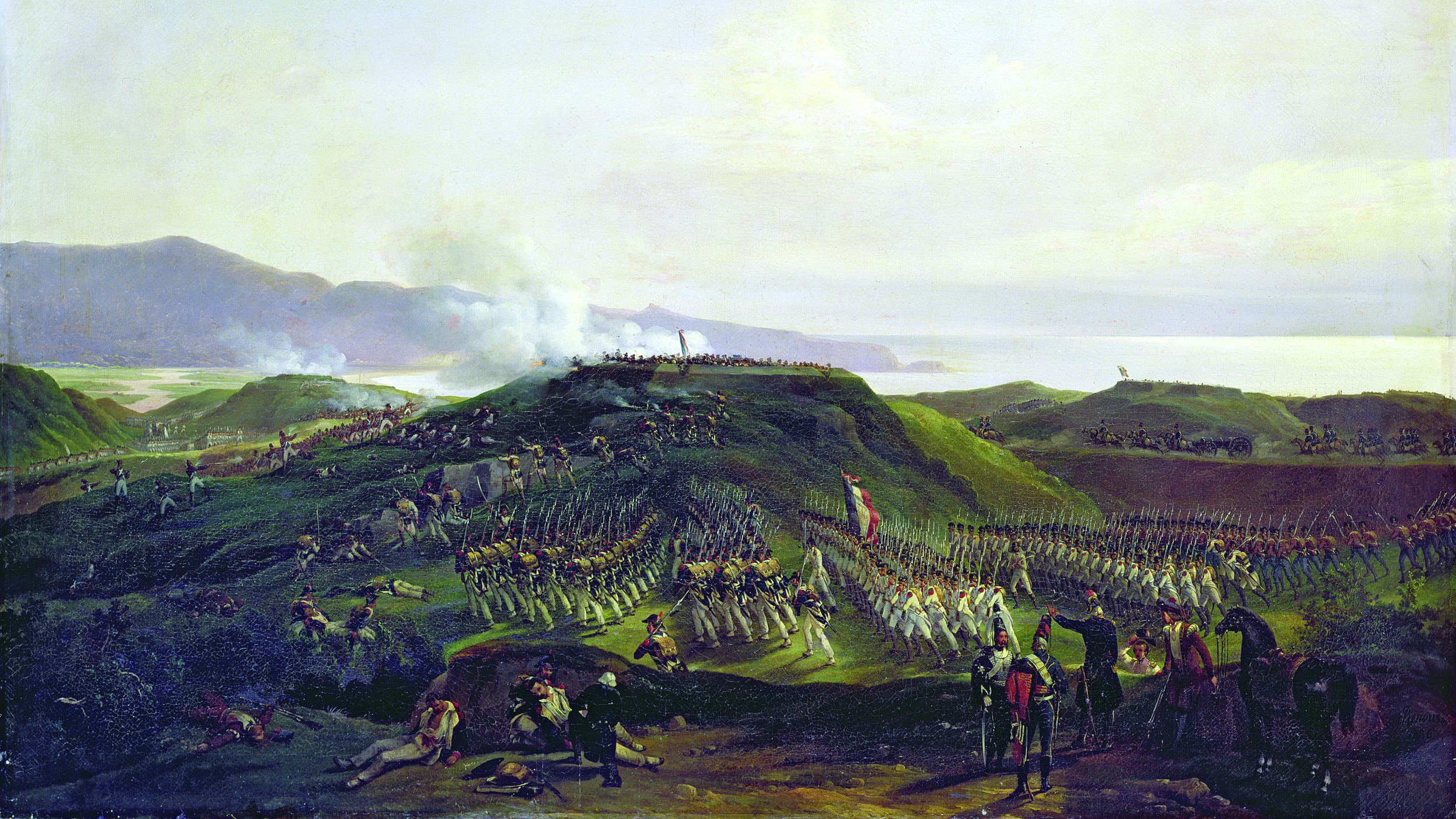
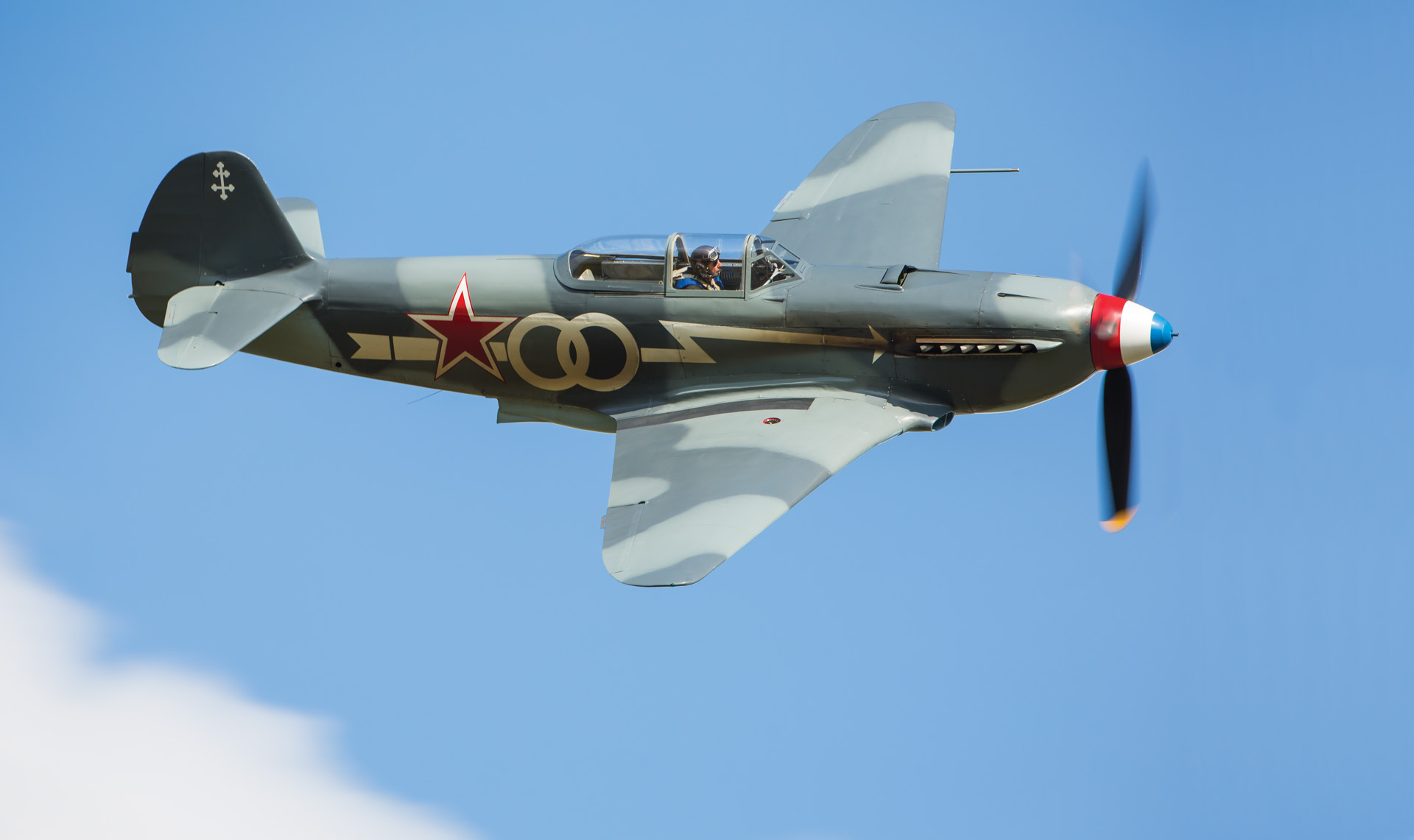
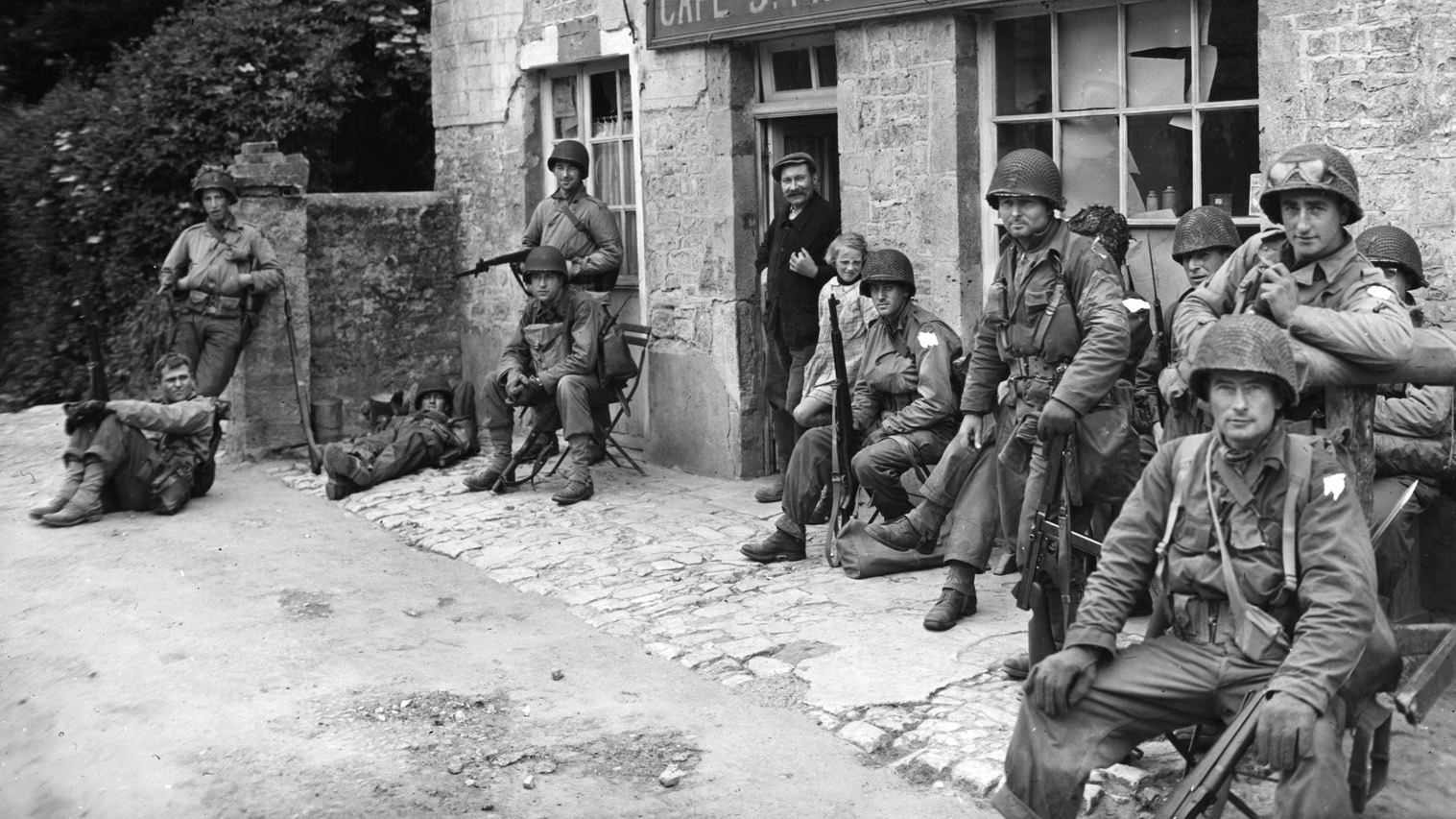
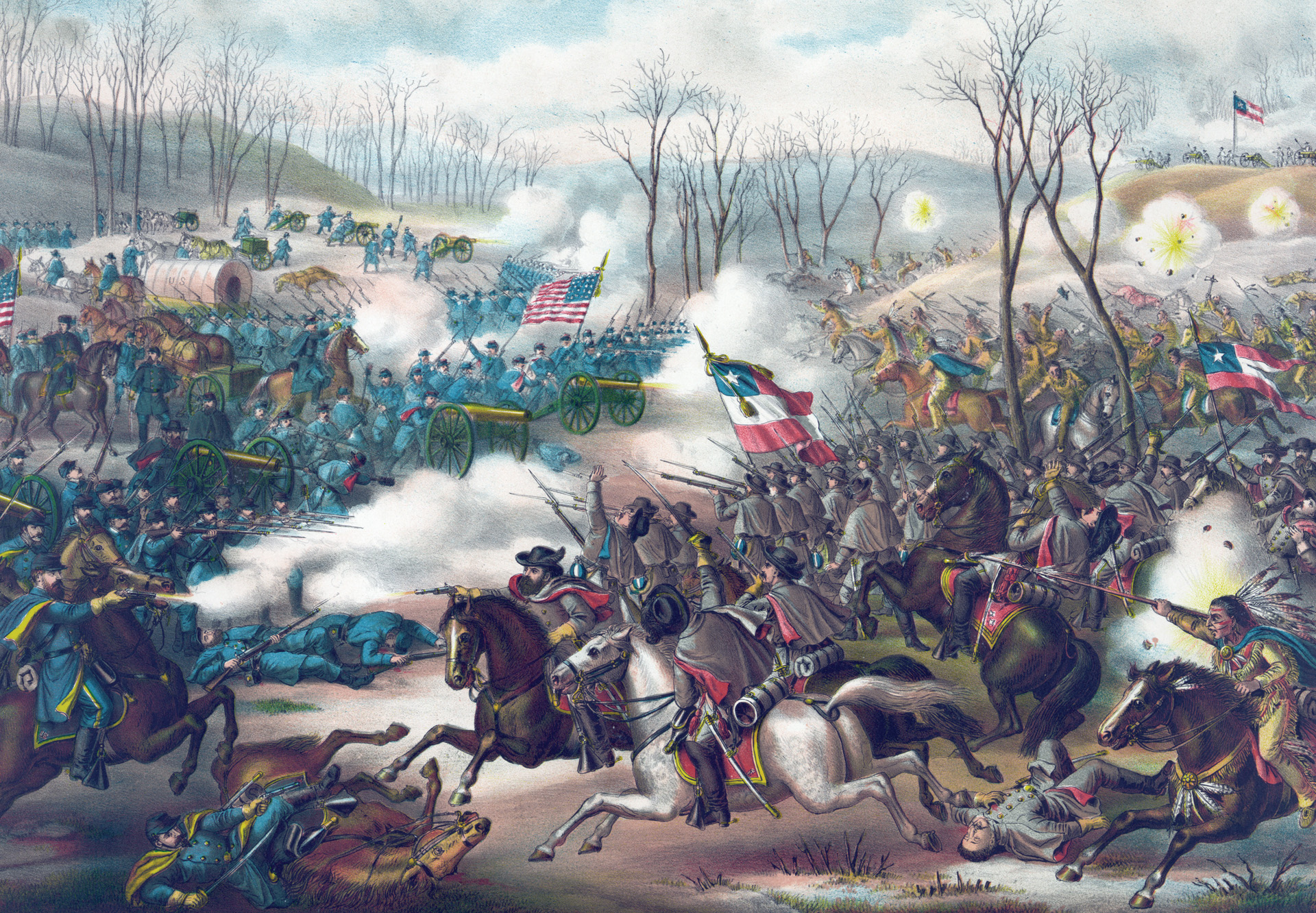
Join The Conversation
Comments
View All Comments